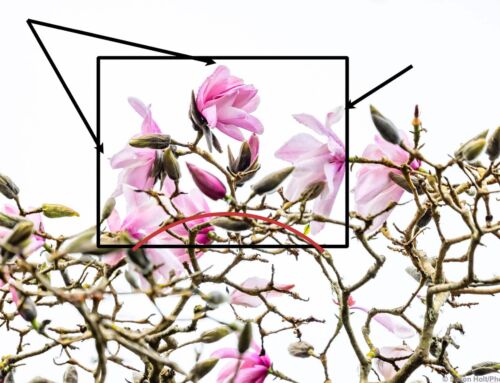Despite another year with very little winter rain, spring arrived on schedule, and keeps arriving. The manzanitas and magnolias have lost their early spring blossoms, but daffodils are peaking as the Ceanothus are coming on strong. The hills are as green as they are going to be. Spring is peaking.
Our summer-dry climate skews the traditional thinking about seasons. It has been argued that dry summers are the dormant season for the plants and that spring by the calendar is actually the peak flower time, the wildflower season. In the book Plants and Landscapes for Summer-Dry Climates, Glen Schneider contributes an essay making a compelling argument for three seasons: Rainy, Wildflower, and Dry.
Before after Slider
The California hills go from green to brown as the rainy season goes from winter to spring and into the dry season. Here, Mt. Burdell in Novato, the State Park in my own back yard.
Spring in a summer-dry climate begins with the winter rains. As soon as rains start in November, the Earth regenerates, and we will have the first wildflowers by January. There is a wonderful, predictable cycle of flowers here on my own property beginning with the milkmaids to buttercups, Sanicles and shooting stars, then Hounds Tongue and Iris make way to Wyethia, Larkspur, and Fritillary as Brodiaea and Clarkia cap the late spring.
Every year is a bit different as rains and temperatures affect the actual days of the calendar and quantity of flowers but the progression is the same. It’s a long spring. But I still want the winter rains.











Leave A Comment